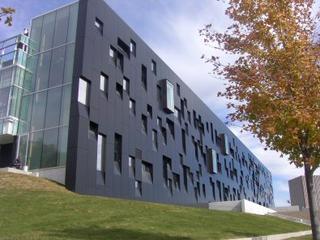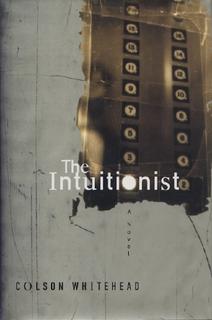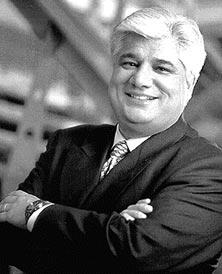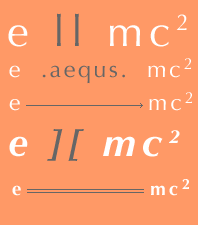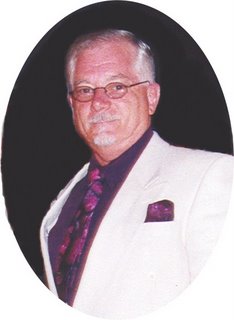
A friend has died. Bob Andrews was instrumental in introducing me to my wife. He was a good friend and an usher at our wedding. Bob and I sang and travelled together in a gospel band called Highway for a number of years in the 1970s. I also sang at Bob’s first wedding to Leeanne Andrews.
I remember Bob as a bundle of energy, someone who had tremendous gifts as a public speaker, an enthusiastic member of our gospel group who led most of the onstage performance and our usual choice for delivering a homily to our audience. His tenor voice was clear, high, and dramatic.
Although I haven’t seen Bob in a long while, I will always treasure those years when he, I, Joyce and Carol would head out in our cars and vans to visit small churches in much of south-western Ontario. We had a common vision, lots of youthful energy, a strong desire to serve other people, and quite a bit of shared talent. Carol was the musical genius who arranged all our music. Joyce was the incredible soprano voice who took the lead with most of our singing. Bob was the mastermind and MC who facilitated our plans and tours. I was there to sing, play bass, speak occasionally, and provide the other male voice for balance. We also had Sharon, Doug, and Cindy joining us once in a while when their schedule would allow.
Now, sadly, Bob, Carol, and Cindy have died, leaving the rest of us with full and happy memories of a simpler and happy time together.
Bob was fifty-five years old. He leaves three children, his wife, his ex-wife, and many, many friends behind. Thanks, Bob, for all the good times. I will remember you fondly.

